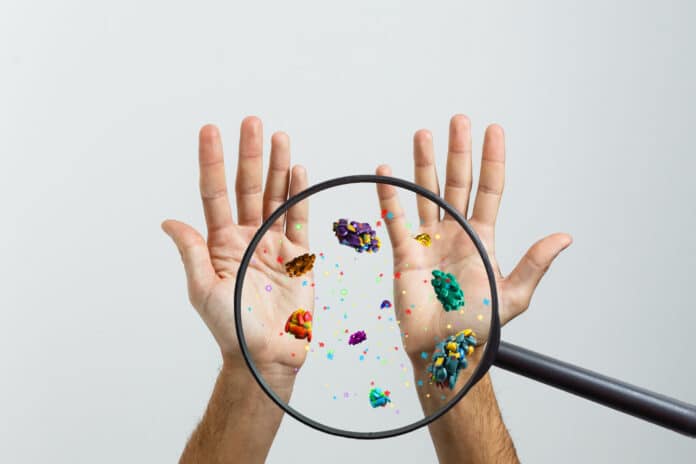Microplastics, especially tiny bits of plastic called microplastics, are a big problem worldwide. They get into the air, water, and even our food. People already know that microplastics are bad for sea creatures. However, more needs to be studied about how they might affect mammals like us. Professor Jaime Ross and her University of Rhode Island team looked into that.
Their study focused on two things: how microplastics affect the way our brains work and how they cause our bodies to become inflamed. They also wanted to see if microplastics, including our brains, build up in our tissues. They found that just like microplastics are everywhere in the environment, they can also get into our bodies and cause changes in how we behave. This was especially true for older animals they tested.
Microplastics are tiny bits of plastic that can move around the environment and gather in human tissues. However, little is known about how they affect our health, especially in animals like us.
Jaime Ross, who works at the Ryan Institute for Neuroscience and the College of Pharmacy, explained that there needs to be more information about how microplastics affect mammals like mice and humans. Their team wanted to study what happens when animals are exposed to microplastics.
The team, including researchers Giuseppe Coppotelli, Lauren Gaspar, and Sydney Bartman, gave mice of different ages different amounts of microplastics in their drinking water for three weeks. They found that the microplastics changed how the mice acted and affected their immune systems in their livers and brains. The mice started acting strangely, almost like humans with memory problems. These effects were even stronger in the older mice.
Ross said, “To us, this was striking. These were not high doses of microplastics, but we saw these changes in only a short period. Nobody understands the life cycle of these microplastics in the body, so part of what we want to address is what happens as you age. Are you more susceptible to systemic inflammation from these microplastics as you age? Can your body eliminate them as easily? Do your cells respond differently to these toxins?”
To find out why the behavior of the mice changed, Ross and her team looked into the body systems that might be causing this. They checked how much microplastics had spread through the body by examining significant parts like the brain, liver, kidneys, stomach, heart, spleen, and lungs. They discovered that the tiny particles had started to collect in all of these organs, even in the brain, and were also found in waste the body gets rid of.
The team delivered the microplastics by having the mice drink water with them, so it’s unsurprising that they found the particles in the digestive system, liver, and kidneys. But seeing them in places like the heart and lungs was unexpected. This suggests that the microplastics are not staying in one area but are moving around the body. The brain is specially protected, so, surprisingly, the particles reach deep inside the tissue.
Microplastics in the brain might lead to lower levels of a protein called “GFAP,” which is essential for brain cell functions. This protein is linked to early stages of diseases like Alzheimer’s and depression. The team was surprised that microplastics could affect how this protein works.
In the future, Ross wants to explore this discovery more. They want to figure out how plastic might disrupt the brain’s balance and possibly lead to brain problems like Alzheimer’s disease.
Journal Reference:
- Jaime M. Ross, Sydney D. Bartman et al., Acute Exposure to Microplastics Induced Changes in Behavior and Inflammation in Young and Old Mice. International Journal of Molecular Sciences. DOI: 10.3390/ijms241512308.
